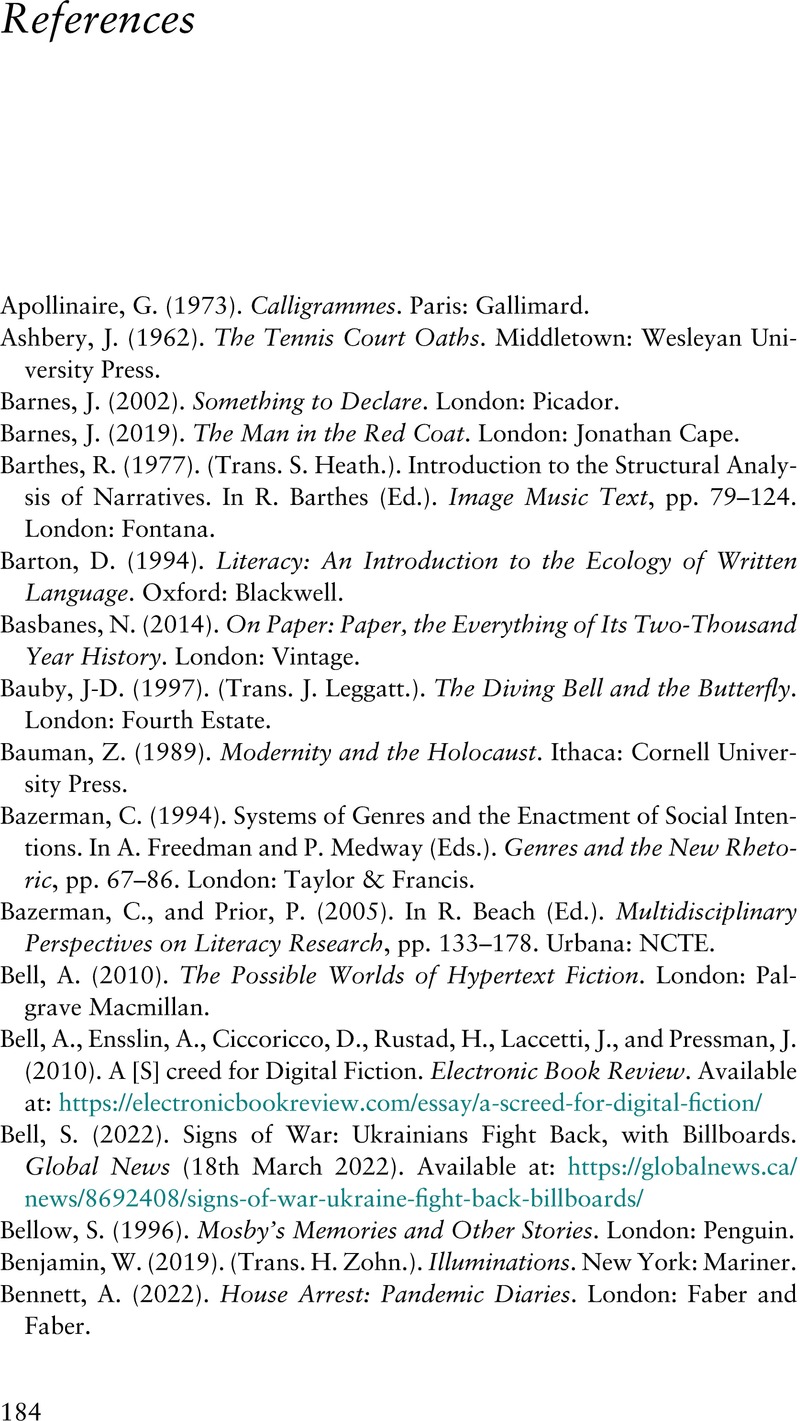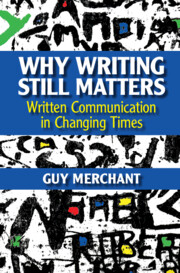References
Published online by Cambridge University Press: 24 August 2023
Summary

- Type
- Chapter
- Information
- Why Writing Still MattersWritten Communication in Changing Times, pp. 184 - 189Publisher: Cambridge University PressPrint publication year: 2023



